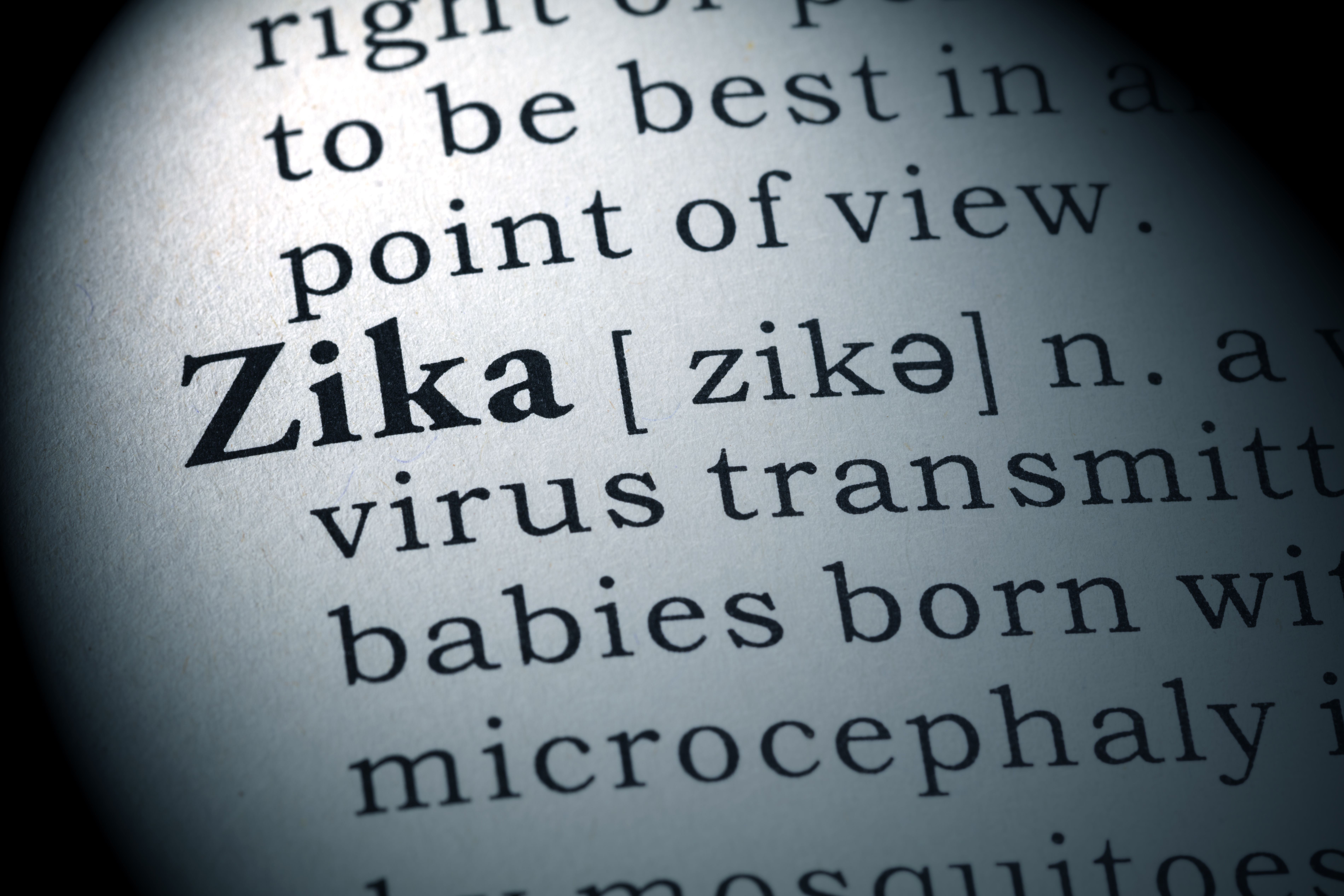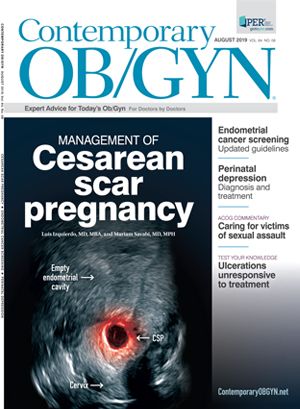WHO issues new Zika updates
The World Health Organization (WHO) has released two Zika virus (ZIKV)-related updates, one on epidemiology and the other with information for travelers.
©Feng Yu -stock.adobe.com

The World Health Organization (WHO) has released two Zika virus (ZIKV)-related updates, one on epidemiology and the other with information for travelers.
According to the WHO, four of six of its regions (African Region, Region of the Americas, South-East Asia Region, and Western Pacific Regions) have reported ZIKV infections. Although infection rates have steadily declined since peaking in 2016, as of July 2019, a total of 87 countries and territories have had evidence of autochthonous mosquito-borne transmission of ZIKV. In 2018, a total of 31,587 suspected, probable, and confirmed cases of ZIKV disease were reported in the WHO Region of the Americas. However, only 3,473 (11%) of them were laboratory confirmed.
Reporting practices vary across the Americas, which makes surveillance difficult because results are not uniform or consistent. Mexico, for example, reports only laboratory-confirmed cases, while other countries report suspected and probable cases as well. Cuba had the highest number in the Caribbean (873 confirmed cases, estimated incidence of confirmed cases 7.6/100,000 population). Three countries-Canada, Chile, and Uruguay-have never reported autochthonous mosquito-borne transmission of ZIKV.
In updating its information for travelers visiting countries with ZIKV, the WHO advises against any restriction of travel to or trade with countries, areas, and territories with ZIKV transmission.
However, pregnant women should avoid these areas, particularly during outbreaks. Pregnant women, women who may become pregnant within 2 months of travel, and male travelers whose partner may become pregnant within 3 months of travel should check with their healthcare providers and carefully consider the risks and possible consequences before traveling. In addition, national governments may make public health and travel recommendations to their populations and travelers need to be aware of these recommendations if they exist.
Travelers who do visit areas with potential transmission of ZIKV should take the following precautions:
- Wear clothing, preferably lighter-colored, that covers as much of the body as possible.
- Use insect repellents that contain DEET, IR 3535, or KBR3023. If repellents and sunscreen are used together, sunscreen should be applied first.
- Use physical barriers on doors and windows.
- Sleep under mosquito nets during the day when Aedes mosquitoes are most active.
- Both women and men should practice safer sex, including consistent use of condoms, or abstinence.
On returning home, travelers should continue to use insect repellent for at least 3 weeks to avoid being bitten and transmitting the disease. They should also practice safer sex through consistent condom use and consider abstaining from sex for at least 3 months since possible exposure for men and 2 months for women.

A Legacy of Excellence: Reflecting on the Final Print Edition of Contemporary OB/GYN
April 25th 2025Marking the end of an era and the beginning of a new chapter, the final print edition of Contemporary OB/GYN celebrates over 50 years of evidence-based guidance and unwavering support for clinicians.
Read More
